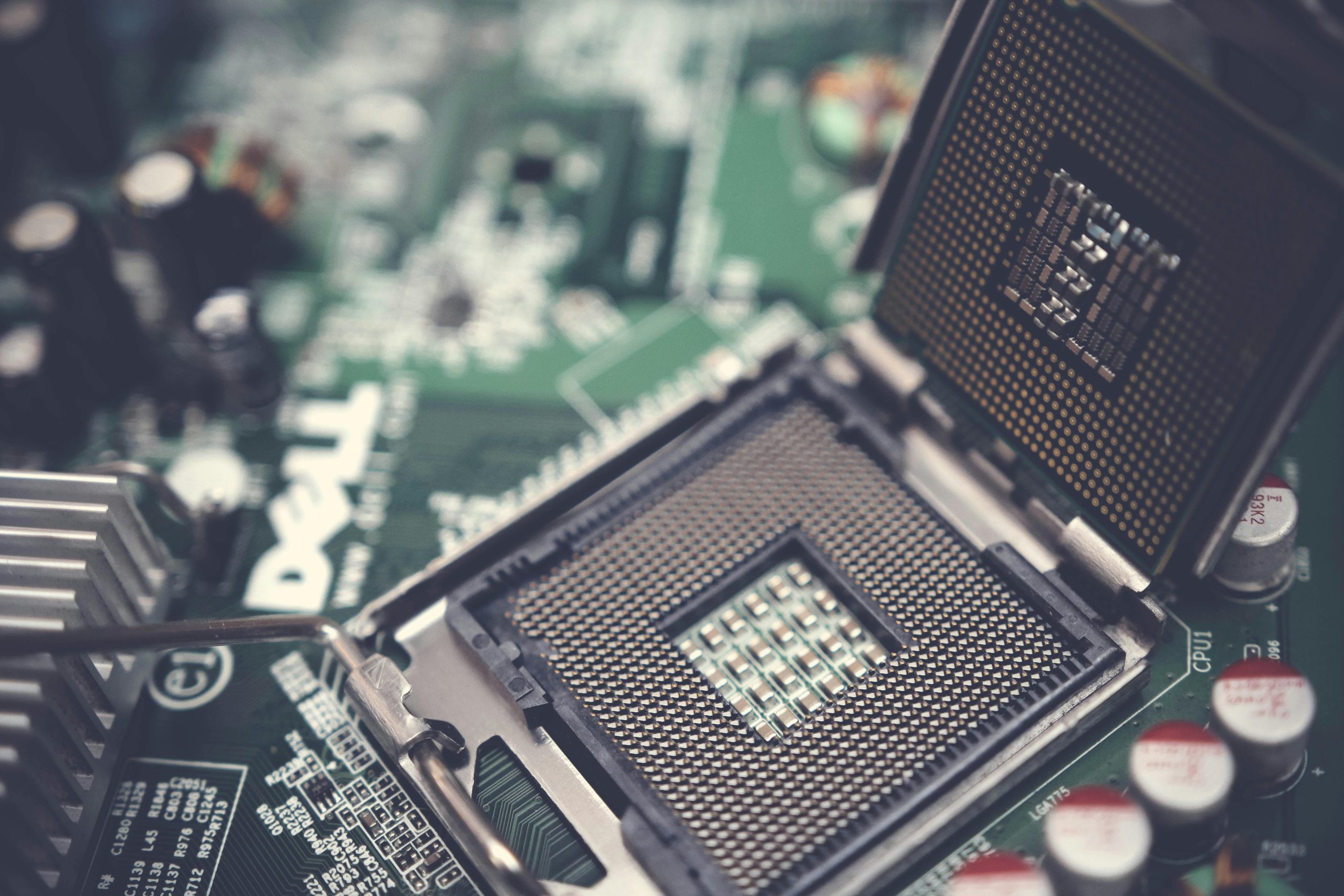Troubleshooting the Unwanted Blackout: Why Your PC Monitors Go Dark
If you’ve ever found yourself engrossed in a task on your computer only to be interrupted by unexpected black screens, you’re not alone. Many users experience sudden monitor blackouts that require a hard restart to resolve. But what exactly causes these frustrating incidents, particularly when your PC is relatively new? Let’s break down the potential issues and solutions.
Understanding the Blackout
When your monitors suddenly turn black and remain unresponsive, it can be alarming, especially if your system is fairly new. Here are some of the common reasons why this might be happening:
1. Graphics Card Issues
Your graphics card is responsible for rendering images on your screen. If the card overheats or fails, it can lead to blackouts. Ensure that the graphics card is properly seated in its slot, and consider checking for driver updates that might address compatibility issues.
2. Power Supply Problems
An inadequate power supply can cause instability, leading your monitors to black out. If your power supply unit (PSU) isn’t providing enough power to support your hardware, especially during demanding tasks, it might be time to evaluate its capacity.
3. Display Connection Woes
Loose or faulty cables can often result in black screen issues. Check the connections between your monitors and the PC to ensure they are secure and free of damage. Additionally, testing with different cables can help identify if the problem lies within the connections.
4. Software Conflicts
Sometimes, software issues or recent updates can interfere with your display. If the blackouts started following a particular software installation or update, consider rolling back that update or uninstalling the software to see if the problem persists.
5. Operating System Glitches
Your operating system itself might have bugs affecting display functionality. Running system diagnostics or performing updates could rectify these issues.
6. Overheating Components
Overheating can lead to performance issues, including black screens. Ensure that your PC has adequate ventilation and that dust isn’t obstructing any cooling fans. Monitoring temperatures of your CPU and GPU can also help identify if overheating is a concern.
What to Do Next?
If you’re facing consistent monitor blackouts, start troubleshooting by checking your connections, updating drivers, and keeping an eye on temperatures. If the problem persists after these steps, consider seeking professional help or consulting with your PC manufacturer, especially since your device is relatively new.
Share this content:



